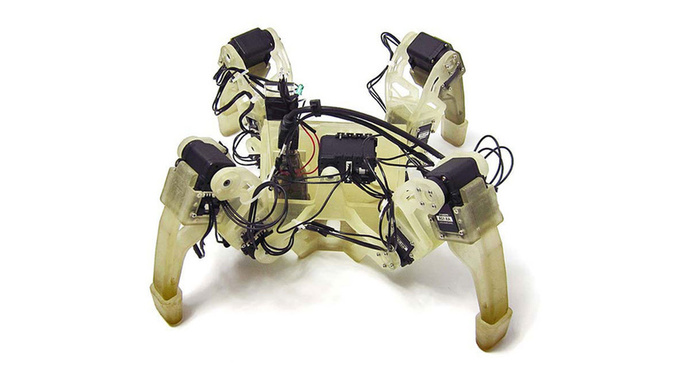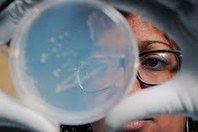War, space, and the evolution of Old World complex societies
How did human societies evolve from small groups, integrated by face-to-face cooperation, to huge anonymous societies of today? Why is there so much variation in the ability of different human populations to construct viable states? We developed a model that uses cultural evolution mechanisms to predict where and when the largest-scale complex societies should have arisen in human history. The model was simulated within a realistic landscape of the Afroeurasian landmass, and its predictions were tested against real data. Overall, the model did an excellent job predicting empirical patterns. Our results suggest a possible explanation as to why a long history of statehood is positively correlated with political stability, institutional quality, and income per capita.
War, space, and the evolution of Old World complex societies
Peter Turchin, Thomas E. Currie, Edward A. L. Turner, and Sergey Gavrilets
PNAS September 23, 2013
The detection of intermediate-level emergent structures and patterns
Artificial life is largely concerned with systems that exhibit different emergent phenomena; yet, the identification of emergent structures is frequently a difficult challenge. In this paper we introduced a system to identify candidate emergent mesolevel dynamical structures in dynamical networks. This method is based on an extension of a measure introduced for detecting clusters in biological neural networks; its main novelty in comparison to previous application of similar measures is that we used it to consider truly dynamical networks, and not only fluctuations around stable asymptotic states. The identified structures are clusters of elements that behave in a coherent and coordinated way and that loosely interact with the remainder of the system. We have evidence that our approach is able to identify these "emerging things" in some artificial network models and in more complex data coming from catalytic reaction networks and biological gene regulatory systems (A.thaliana). We think that this system could suggest interesting new ways in dealing with artificial and biological systems.
The detection of intermediate-level emergent structures and patterns Marco Villani, Alessandro Filisetti, Stefano Benedettini, Andrea Roli, David Avra Lane, Roberto Serrae
ECAL 2013 Best Paper Award


